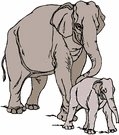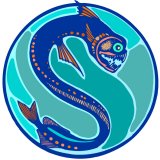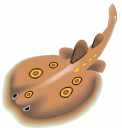
Worksheets and No Prep Teaching Resources
Reading Comprehension Worksheets
Animal Themes
Fish
Oceans

Animal Themes
 Worksheets and No Prep Teaching Resources Reading Comprehension Worksheets Animal Themes Fish Oceans |
 Animal Themes |
| edHelper's suggested reading level: | grades 4 to 6 | |
| Flesch-Kincaid grade level: | 5.68 |
|
Eels
By Vickie Chao |

|
 1 If you find snakes creepy, you can probably say the same about eels. To a certain extent, the two animals look and behave alike. For example, they both have long bodies. And they both are very good hunters. But in the case of eels, there are quite a few imposters that get mixed in with the real ones. The most famous example is perhaps the electric eel.
1 If you find snakes creepy, you can probably say the same about eels. To a certain extent, the two animals look and behave alike. For example, they both have long bodies. And they both are very good hunters. But in the case of eels, there are quite a few imposters that get mixed in with the real ones. The most famous example is perhaps the electric eel. |
Create Weekly Reading Books
Prepare for an entire week at once! |
| Leave your feedback on Eels (use this link if you found an error in the story) |
 |
Animal Themes
|
 |
Fish
|
 |
Oceans
|
|
|